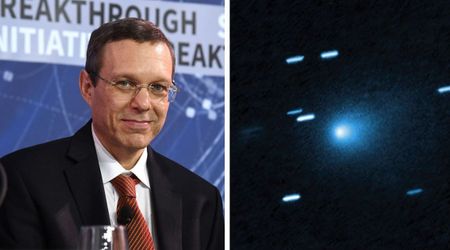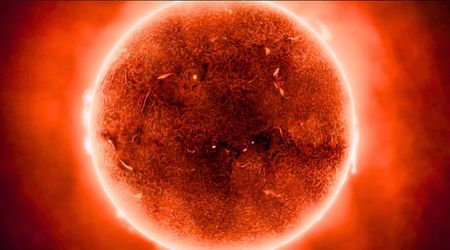Second launch of Blue Origin's New Glenn rocket now delayed to August 15

Blue Origin's massive New Glenn rocket, initially slated for its second launch in late spring, will experience further delays. The aerospace company, founded by Jeff Bezos, has now pushed back the target date for the 320-foot-tall (98 meters) vehicle, per Space.com.

According to Blue Origin CEO Dave Limp, the reusable first-stage rocket's next mission is now scheduled for no earlier than August 15, as announced on Monday, June 9, on X. This means the powerful New Glenn will remain on the ground for at least an additional couple of months beyond its previously anticipated launch window. Blue Origin is naming its second New Glenn booster "Never Tell Me The Odds," a nod to the challenge of successfully landing and recovering it. As the company's CEO stated, "One of our key mission objectives will be to land and recover the booster. This will take a little bit of luck and a lot of excellent execution."

This sentiment echoes the name of their first New Glenn booster, "So You're Telling Me There's a Chance," a quote from the movie "Dumb and Dumber" starring Jim Carrey. While that first booster's landing attempt on a droneship after its January 16 launch from Cape Canaveral was unsuccessful, the rest of the mission, which carried a test version of Blue Origin's Blue Ring spacecraft, went smoothly.
New Glenn’s second mission will take place NET August 15th. Following in the footsteps of our first booster, we’ve chosen the name “Never Tell Me The Odds” for Tail 2. One of our key mission objectives will be to land and recover the booster. This will take a little bit of luck…
— Dave Limp (@davill) June 9, 2025
The second booster, referred to as "Tail 2," was hot-fired in April. Blue Origin aims to produce eight "GS2s," or New Glenn upper stages, this year. However, with the ongoing delays, hitting the previously announced target of eight New Glenn missions this year is almost certainly out of reach at this point. Despite the revised schedule, the company maintains its motto: "Gradatim Ferociter!" which is Latin for "Step by step, ferociously."

Dave didn't provide a specific reason for the delay of New Glenn's second launch to August 15. The company also hasn't announced what the rocket, which can carry 50 tons (45 metric tons) of payload to low Earth Orbit (LEO), will transport on this test. In February, Limp mentioned at the 27th Annual Commercial Space Conference that Blue Origin was "still looking for opportunities" regarding a payload. He added that if necessary, they would "fly a mass simulator."
Recently, on May 31, Blue Origin successfully launched six individuals into suborbital space using its New Shepard vehicle. Limp highlighted that these missions serve a dual purpose: they function as a sustainable business model while simultaneously offering a vital platform for technological testing and development. The flight, which originated from Launch Site One in Texas, further showcased the consistent reliability of Blue Origin's space tourism endeavors. This mission was Blue Origin's 12th human spaceflight and the 32nd overall flight for the New Shepard program. The diverse crew of six included Aymette (Amy) Medina Jorge, Dr. Gretchen Green, Jaime Alemán, Jesse Williams, Mark Rocket, and Paul Jeris. This flight also made history by sending the first New Zealander and the first Panamanian into space. NS-32 was the fourth New Shepard flight of the year, with three carrying passengers and one dedicated to a payload-only flight simulating lunar gravity. In total, 64 individuals have now traveled to space aboard New Shepard, with four having flown multiple times.
Congratulations to our crew and the @BlueOrigin team on the successful launch of NS-32! We’ve now flown 64 people to space. Today’s crew was special—scientists, STEM educators, an ambassador, and successful business owners, each with a drive to keep exploring. We hope the… https://t.co/7PtfpOzNRP
— Dave Limp (@davill) May 31, 2025









